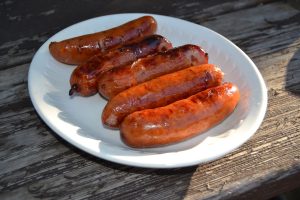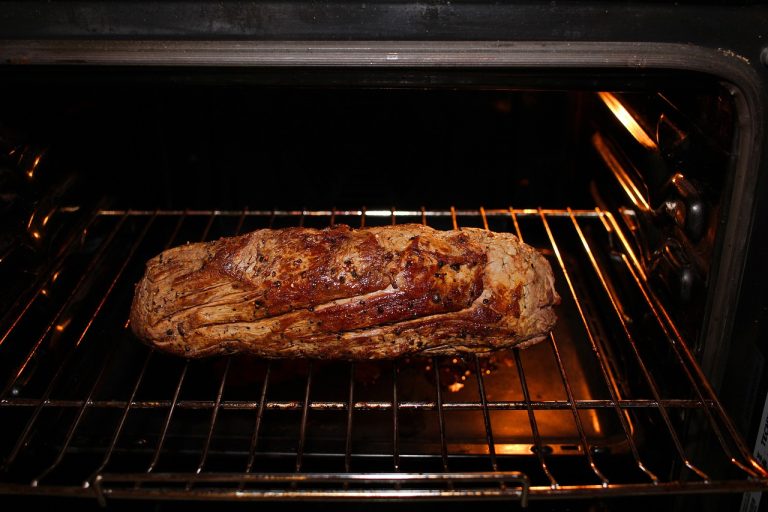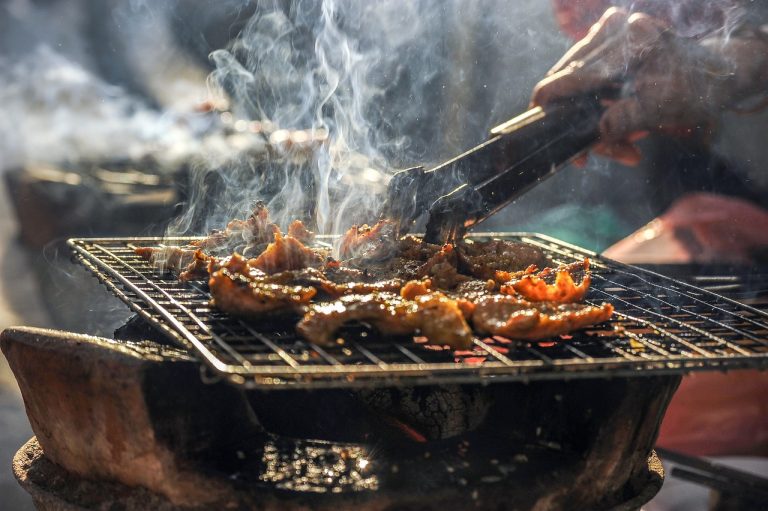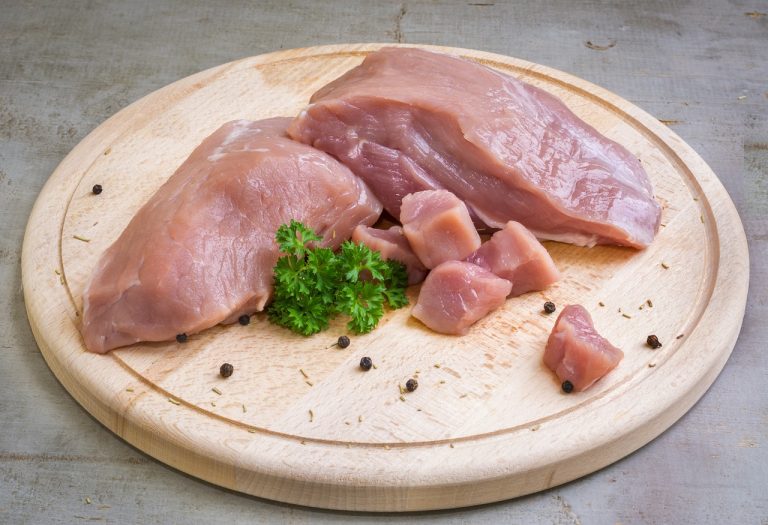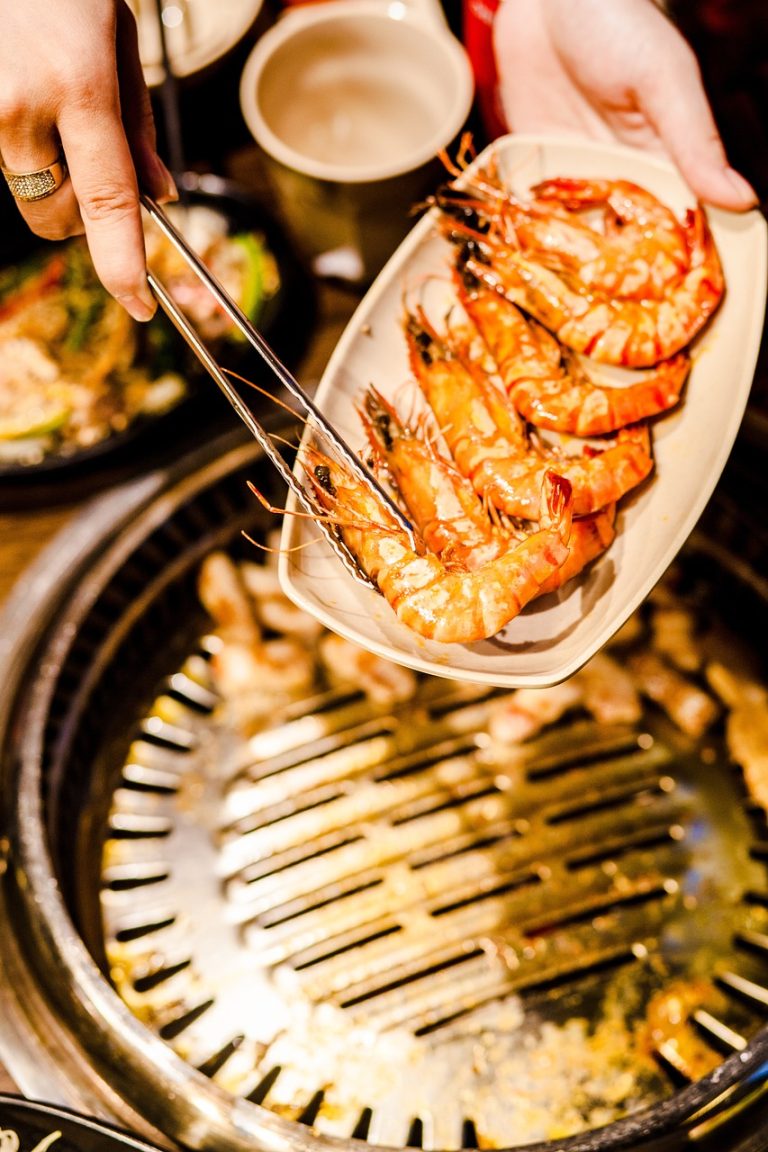HOW DO YOU KNOW WHEN BRATS ARE DONE (4 essential tips)
“Imagine the sizzle of the grill, the tantalizing aroma of seasoned sausages wafting through the air, and the anticipation of a mouthwatering meal. The question on every grill master’s mind: “How do you know when brats are done?” It’s a culinary puzzle that holds the key to unlocking the perfect backyard barbecue.
In this tantalizing journey through the art of bratwurst perfection, we’ll explore the secrets of doneness, unveiling the sensory cues, expert tips, and grilling wisdom that will leave you confident in your bratwurst prowess. So, if you’ve ever wondered when those brats are ready to steal the spotlight on your plate, get ready to embark on a flavorful adventure that will forever change your grilling game.”
HOW DO YOU KNOW WHEN BRATS ARE DONE?
To ensure perfectly cooked bratwurst, rely on the internal temperature, aiming for 160°F (71°C) to eliminate any foodborne illness risks. This temperature ensures juicy and safe brats.
Another telltale sign is the color – when the brats turn a golden-brown hue on the outside, they’re likely done. People also commonly rely on the “snap” test, where a bratwurst should snap when you cut or bite into it, signifying a well-cooked casing. Lastly, a fragrant, savory aroma wafting from the grill or pan can be a mouthwatering confirmation that your brats are ready to savor.
VISUAL CUES
Observing visual cues is indeed a straightforward method to determine the doneness of bratwurst sausages. Here’s a breakdown of what to look for:
COLOR TRANSFORMATION:
Brats start off with a pale pink or beige color when raw. As they cook, they will gradually turn from pink to brown. The sausages should ultimately achieve a rich, golden brown color. This browning process is a strong indicator that the brats are cooking through and developing their flavor.
TEXTURE OF THE SKIN:
The skin of the brats should become crisp and slightly blistered. This textural change is not only appealing but also signifies that the sausages are cooking properly. A crispy skin adds a delightful contrast to the tender meat inside.
EVEN BROWNING:
To ensure that the brats cook evenly, it’s important to turn them regularly. This helps in achieving a consistent golden brown color and ensures that all sides of the sausages are cooked uniformly.
By paying attention to these visual cues, you can ensure that your brats are cooked to perfection, with a delicious flavor and an enticing texture. Remember that while visual cues are a valuable tool, it’s also crucial to check the internal temperature of the brats with a meat thermometer to ensure they have reached a safe temperature for consumption, typically around 160°F (71°C).
INTERNAL TEMPERATURE
Checking the internal temperature of your bratwurst is indeed crucial to ensure they are safe to eat and cooked to perfection. Here are the steps to do it correctly:
USE A MEAT THERMOMETER:
Make sure you have a reliable meat thermometer. A digital instant-read thermometer is highly recommended for accurate readings.
INSERT THE THERMOMETER:
Insert the thermometer probe into the thickest part of the bratwurst. This is usually in the center of the sausage.
AVOID THE BONE:
If your brats have bones, be sure to insert the thermometer away from the bone, as it can give you an inaccurate reading. The goal is to measure the temperature of the meat, not the bone.
WAIT FOR THE READING:
Allow the thermometer a few seconds to stabilize and provide an accurate temperature reading.
CHECK FOR 160°F (71°C):
The ideal internal temperature for bratwurst is around 160°F (71°C). Once the thermometer reads this temperature, your brats are cooked to a safe level, eliminating any risk of foodborne illnesses. At this temperature, they should also be juicy and flavorful.
REMOVE FROM HEAT:
Once your bratwurst reaches the desired temperature, remove them from the heat source immediately to prevent overcooking, which can result in dry sausages.
TEXTURE AND FIRMNESS
Texture and firmness are important sensory clues when determining the doneness of bratwurst (brats) or any grilled sausage. Here’s a bit more detail on this aspect:
RESILIENCE:
When you gently squeeze a cooked brat with tongs or a fork, it should have some resilience or springiness. It should give a little when you apply pressure but not feel overly soft or mushy. The brat should bounce back slightly when you release the pressure.
JUICINESS:
A properly cooked brat should retain its juices. When you cut into it or take a bite, the interior should be moist and juicy. Overcooking can cause the juices to evaporate, leading to a dry and unappetizing brat.
TOUGHNESS OR RUBBERINESS:
If a brat feels tough or rubbery when you squeeze it, it’s a sign that it’s undercooked. In this case, you should continue grilling it for a bit longer until it reaches the desired level of doneness. The goal is to have a tender bite without any unpleasant chewiness.
RESIDUAL HEAT:
As you mentioned, brats will continue to cook for a few minutes after you remove them from the grill due to residual heat. This phenomenon is known as carryover cooking. It’s important to account for this and slightly undercook the brats if you’re unsure about their doneness. This way, they’ll reach perfection as they rest.
INTERNAL TEMPERATURE:
To ensure that your brats are cooked to a safe and optimal level, you can also use a meat thermometer. The internal temperature of a cooked bratwurst should reach 160°F (71°C).
JUICES RUN CLEAR
A reliable indicator of brat doneness is the color of the juices that escape when you pierce the sausage with a fork or knife. When brats are cooked thoroughly, the juices should run clear. If you notice any traces of pink or cloudy liquid, continue grilling until the juices turn translucent. This method provides a straightforward visual confirmation that your brats are safe to eat.
Here are some frequently asked questions (FAQ) about “How Do You Know When Brats Are Done”:
How do I know when brats are cooked to perfection?
To ensure brats are done, use a meat thermometer. The internal temperature should reach 160°F (71°C).
Can I tell if brats are done just by their color on the outside?
Not always. While brats may brown on the outside, their internal temperature is a better indicator of doneness.
How long should I cook brats on the grill or stovetop?
Typically, it takes 15-20 minutes to cook brats thoroughly. However, cooking times may vary based on heat levels and thickness.
Can I cut into a brat to check if it’s done?
Avoid cutting into brats to check doneness as it can release juices and dry them out. Use a thermometer instead.
What if I don’t have a meat thermometer?
Without a thermometer, you can simmer brats in beer or broth until they plump and firm up, which usually indicates they’re done.
How do I cook brats without overcooking or undercooking them?
Start with indirect heat and sear them at the end. This ensures they cook evenly and get a nice char without overcooking.
Should I poke holes in brats before grilling or cooking?
It’s not necessary, and some argue that poking holes can cause them to dry out. It’s best to avoid this step.
Can I partially cook brats in advance and finish them later?
Yes, you can partially cook brats and finish them on the grill or stove later to ensure they’re cooked through.
What’s the best way to avoid brats bursting while cooking?
Cook them over medium heat, not high heat, and avoid sudden temperature changes to prevent bursting.
How do I season brats for the best flavor?
Season brats with your choice of spices, marinades, or brine before cooking to enhance their flavor.
Can I cook frozen brats, or do they need to be thawed first?
While it’s better to thaw them for even cooking, you can cook frozen brats on lower heat and increase cooking time.
Are there any visual cues to determine doneness without a thermometer?
When brats are done, they will plump up, the skin will become crispy, and juices should run clear.
CONCLUSION
Determining when brats are done is a crucial skill for achieving a perfectly cooked and flavorful dish. Whether you opt for grilling, pan-frying, or baking, paying attention to visual cues like the browned exterior and internal temperature is essential. Additionally, don’t underestimate the value of experience and practice in honing this skill.
By following the recommended guidelines and relying on your senses, you can ensure that your brats are cooked to perfection, resulting in a delicious meal that will leave your taste buds satisfied. So, the next time you find yourself wondering, “How do you know when brats are done?” remember these tips, and you’ll be well on your way to becoming a bratwurst grilling expert.
Just like keeping a smoker going overnight, knowing when brats are done involves maintaining a steady temperature until they reach an internal temperature of 160°F for safe and delicious results.


